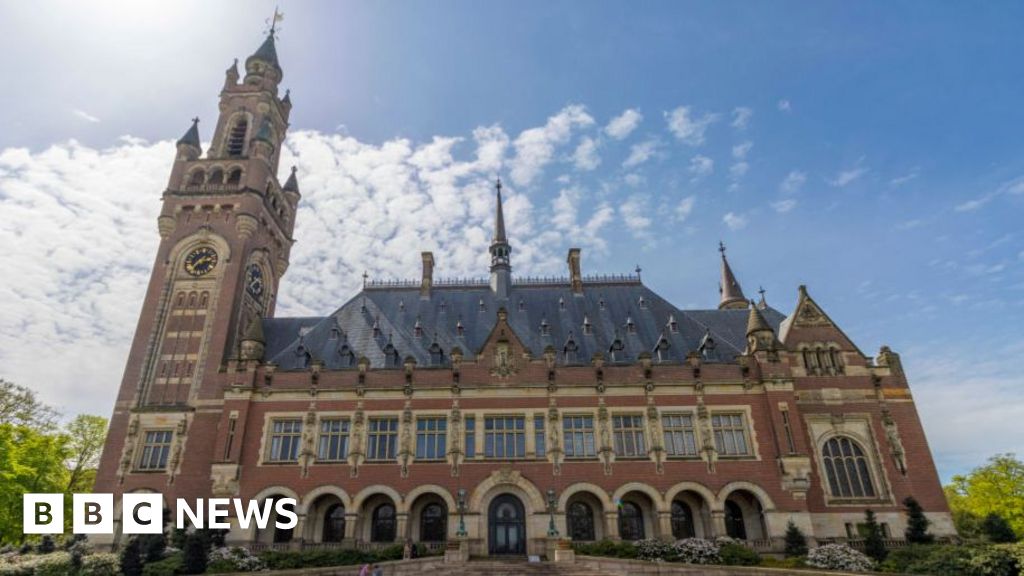Inside Silke Weinfurtner’s laboratory at the University of Nottingham in the UK, a giant water tank is helping her team better understand the complexity of the universe by standing in as an analogue for black holes.
By introducing waves into a liquid and creating a vortex at the centre, the team mimics some of the interactions that occur in black holes. “We generate this effective gravitational field through a fluid flow,” says Weinfurtner. As the waves interact with the vortex, their path becomes deformed into co-rotating and counter-rotating waves, similar to the path bodies take as they swirl into a black hole. “They’re sort of acting like light,” says Weinfurtner. “We can perform these super radiance experiments, and we can see exactly how light and waves really play with the black hole.”
Topics:
Source link


















